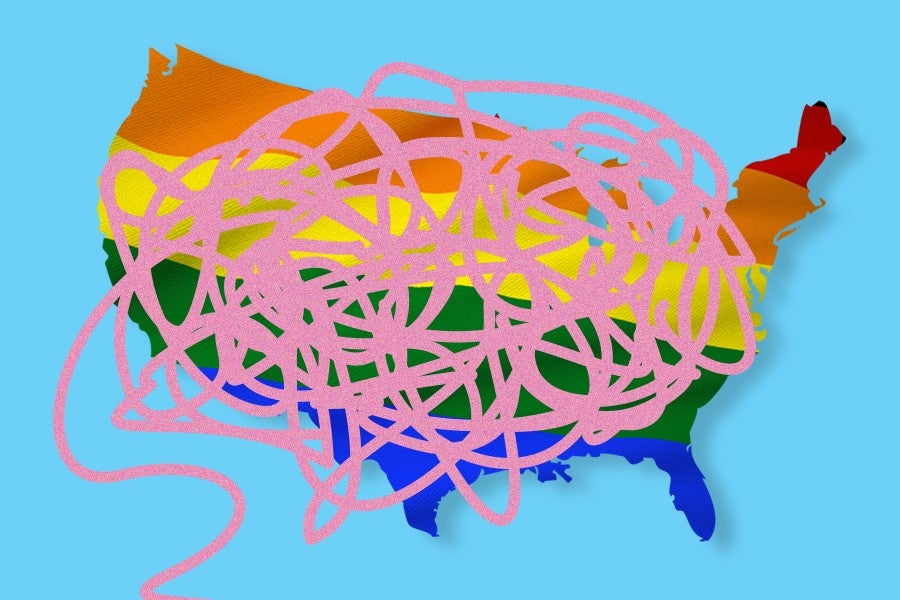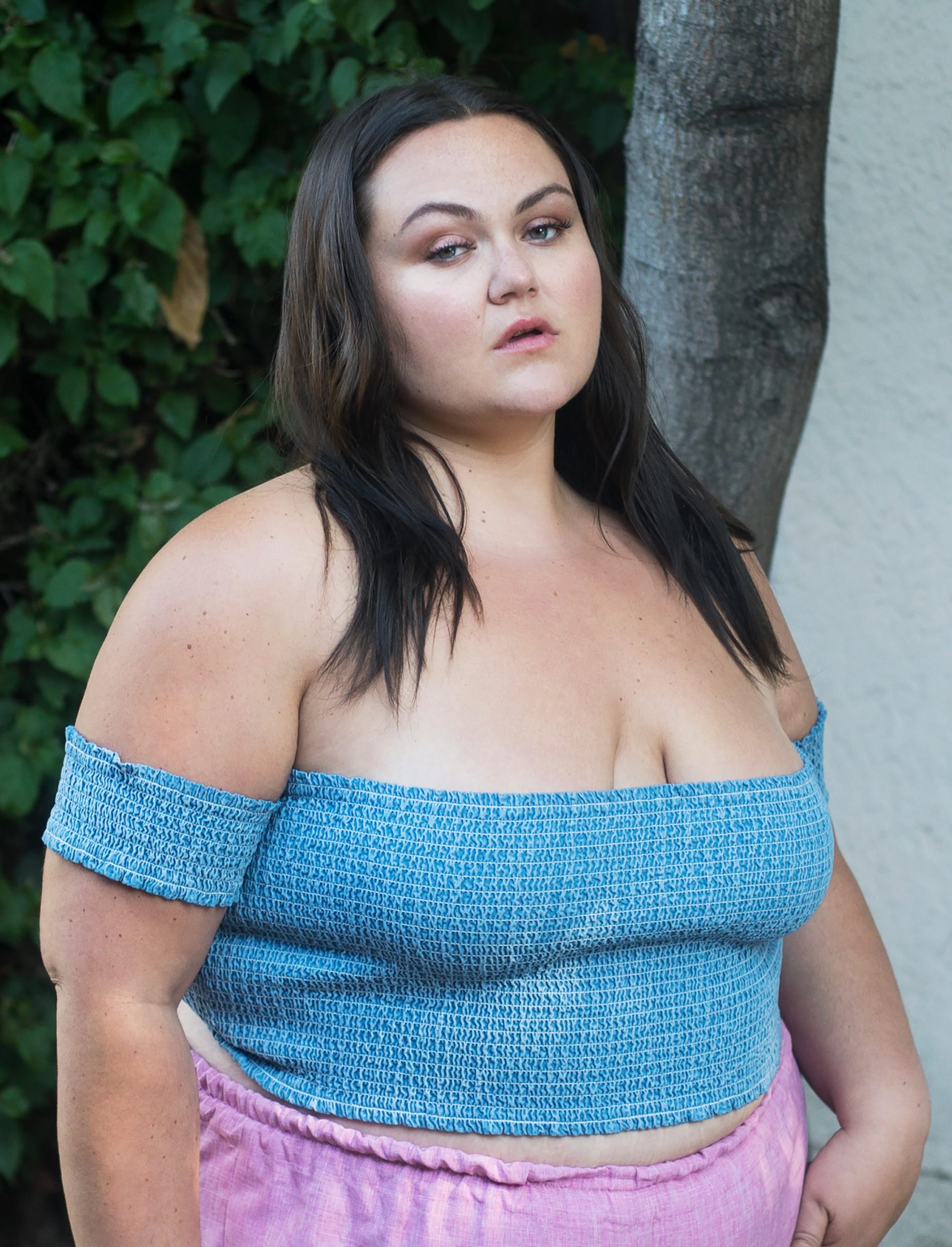No version of the U.S. census has ever asked Americans about their sexual orientation or gender identity, despite its objective of gathering accurate demographic information about the country. This seemingly was going to change with the upcoming 2020 census since an official draft that was made public did include such questions. But the U.S. Census Bureau quickly claimed that it was a mistake.
While that angered many LGBTQ activists who want data for politicians to use when advocating for programs specific to them, others don’t see as much value in being represented in a government survey, and some even worry this information could be used by the government against them. To make sense of this difference, I sought out Jane Ward, associate professor of gender and sexuality studies at the University of California, Riverside, and the author of Respectably Queer: Diversity Culture in LGBT Activist Organizations and Not Gay: Sex Between Straight White Men.
The main reason against wanting to be included in the census.
“On the one hand, the mainstream gay and lesbian movement has always pushed for visibility, and a part of that is quantifying gay and lesbian identity,” says Ward. “The logic there is that there’s safety in numbers and that the more of us who come out and get counted, the more legitimacy gay and lesbian people will have.”
“This way of thinking has evolved past representation and into bio-essentialist claims that gay and lesbian people are born with homosexual constitutions that we can’t do anything about,” she continues. “As such, the mainstream gay and lesbian movement proposes that sexual orientation is immutable, and that there’s a large number of gay and lesbian Americans who should receive the same kinds of rights as other groups with ‘immutable differences,’ like race and gender, within the U.S.
“On the other hand, there’s a more queer perspective, which is weary of presuming that gay, lesbian, bi, trans people are discrete and bounded populations that you can easily count.
“As we become more attuned to sexual fluidity and the unpredictability of people’s sexual behaviors, presuming that we can count these identifications in a way that will tell us something meaningful is coming into question. Especially when we know that a lot of straight-identified people engage in same-sex sexual practices. We also know that a lot of gay-identified people engage in opposite-sex sexual practices.
“So while I see the political efficacy of including sexual orientation on the census, which would certainly be useful for statistical claims related to inclusion and legitimacy, I also see why we might be less invested in quantifying queerness, too.
“I also should say that it’s not just those with a newer understanding of LGBTQ culture who might be reluctant either. My partner has lesbian aunts who have been together for decades — one is in her 60s, the other is in her 70s. But when the opportunity for them to legally marry came up, they were completely unwilling to do it because marrying would mean their same-sex relationship would be known to the government, an idea that felt very threatening. They had witnessed the criminalization of homosexuality — people being arrested and losing their jobs and housing for being gay.
“Not to mention, under such a conservative presidency, I think people probably would be extra cautious about disclosing. Even among people in more progressively leaning states and the coasts, there’s a sense of, ‘Oh my god, what could be on the horizon here?’ Queer people don’t know if there’s political regression coming. That said, having a democrat in the White House probably won’t put people’s fears about disclosure to rest either, because people understand what actually matters is their local context.“
Either way, these aren’t simple questions that can be easily articulated on something as general as the census.
“One of the main things we learned from the epidemiological response to AIDS is that asking people ‘Are you gay?’ was never simple, especially among the most high-risk populations,” explains Ward. “In asking that, AIDS outreach workers assumed people would understand what they meant, when in fact, there were many men who were having sex with other men who didn’t identify as gay or even bisexual.
“So before this happens again on the census, we have to think more clearly about what information we’re actually trying to gather. Do we want to know how many people are engaged in homosexual sex? That’s a very different question from, ‘What’s your sexual identity?’ Or do we just want to know what percentage of the population actually identifies along the lines of gay, lesbian and queer?
“We also would need to know why we’re asking and answering these questions in the first place. There are some conservative research institutes interested in these kinds of surveys because they want to claim that the gay and lesbian population is very small. They’re the ones who will release reports like, ‘You all thought 10 percent of Americans are gay, but it’s really just 1.5 percent!’ This allows them to suggest that as a country, we’re far too worried about protecting LGBTQ people given how small their population is.”
Unfortunately, the release of GLAAD’s 2018 Accelerating Acceptance Survey, which typically shows an increase in LGTBQ acceptance among Americans, exhibited a decline in support for the first time upon its release this year.
“The survey results don’t surprise me,” says Ward. “In some ways, this survey may be capturing a more honest view of what Americans actually think about LGBT people. In that way, I don’t think the survey indicates that people’s attitudes have changed — it indicates that homophobia and transphobia loom large in the U.S.
“Generally speaking, we’re in a time when people are feeling inclined to put out their homophobia and transphobia without feeling any kind of moral dissonance about their hateful views. I think they feel like they have Christianity on their side. They also have many political figures who are vocal about their homophobia and transphobia.
“The power of using sex to discipline people isn’t limited to homophobia, but LGBTQ people are often a visible target. I talk to my students about this in the historical sense: In Europe right before World War II, queer communities were flourishing and ubiquitous. There were tons of queer salons and balls and tons of crossdressing in the early 1900s. People were comfortable with their photographs in gay newspapers, and social events were advertised as gay in magazines. Some historians suggest this is part of why it was so easy for the Nazis to round up all of those queer parties. Nobody was hiding, so they thought they were safe.
“Then, slowly, homosexuality was re-criminalized and police started conducting raids on people who were living what they thought were untouchable queer lives because they had the support of a lot of the European intelligentsia and political progressives.
“I mention this because we should always be vigilant about the power of the state to use sex as a means of controlling us and getting us to conform to whatever the will of the state is. Gay, lesbian and queer people are often the victims of this, but non-monogamous couples, cross-generational couples and cross-racial couples could experience the same thing.”

